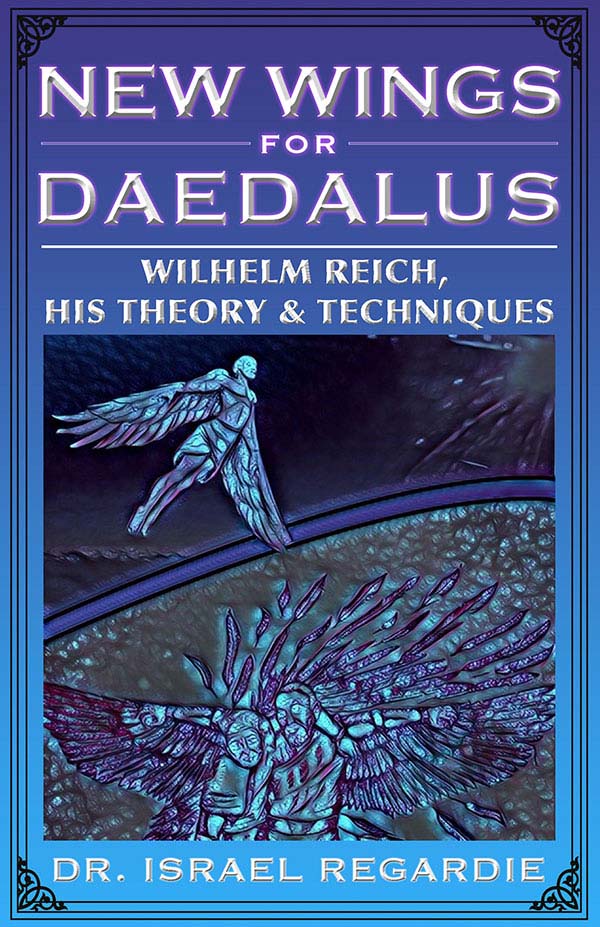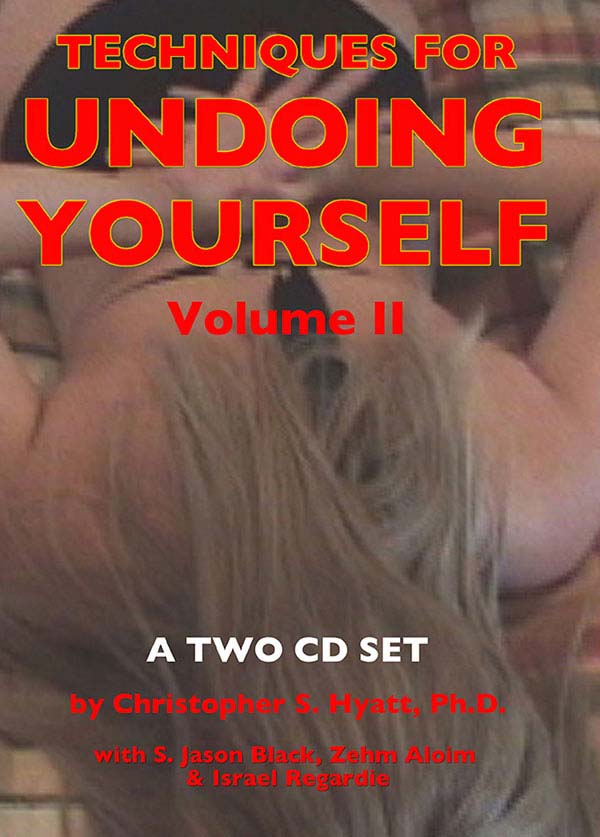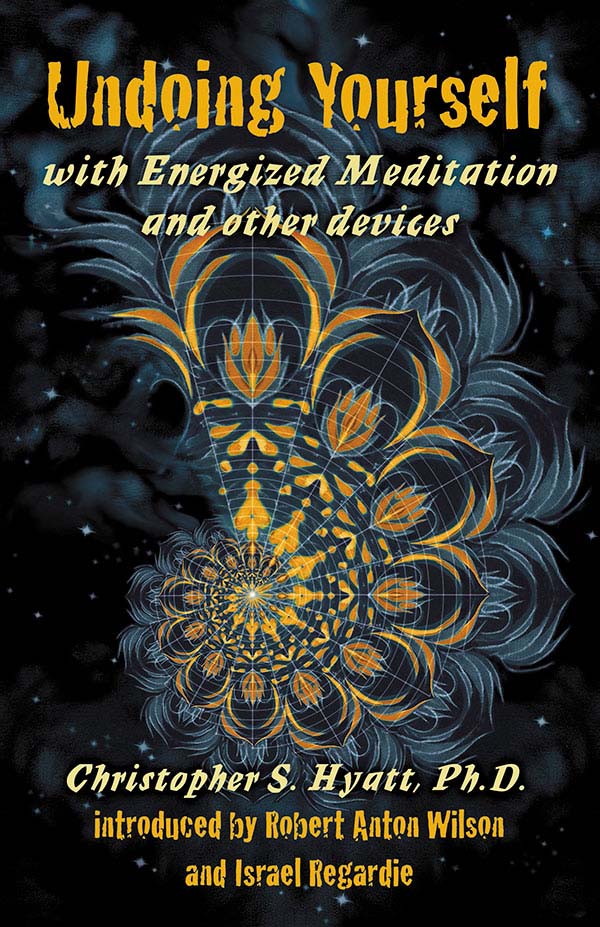From Chapter I
Rebel
"Rebellion is…the instinct that, by participating in all the activities of the organism, is the vehicle of evolution."
— Robert Lindner
Every present-day form of psychotherapy has evolved from the parent stock of psychoanalysis. That is to say one of the earliest colloquialisms given to Freud’s method was "the talking cure." So it has remained to this day. Psychoanalysis and its derivatives are conceptualistic approaches to emotional problems and neurotic conflicts. The few advances made in recent years remain fixated by-and-large on the same level. And this despite Freud’s optimistic speculation of a time when a biological route to the treatment of the neuroses could be developed.
Though this hope for a biological approach has not yet been fulfilled, voices are being raised testifying to the frustrating impasse that has arisen in the field of psychotherapy. Many critics have expressed the belief that a verbal psychotherapy for the neuroses has fallen far short of what was expected of it. In the severe obsessional and compulsive neuroses, no matter how much intellectual insight the patient achieves, neither the anticipated improvement nor the emotional release occurs. The term "affect-lame" has been justly used with regard to such neurotically blocked patients. No verbalistic therapy appears to alter the clinical course of their malady.
Psychoanalysis has had a leavening effect on almost every phase of our cultural life. In one way or another, the world has become different because of Freud's dynamic contributions to our understanding of personality and motivation. Medicine, history, anthropology, philosophy and all the social sciences have been profoundly impressed. Despite this, current professional criticism is that psychoanalysis leaves much more to be desired in the treatment of some of the neuroses.
A tempest has been stirred up by these criticisms, but nearly everyone has overlooked a dynamic non-verbal therapy which is a step in the direction of Freud’s anticipation of a biologically oriented therapy. It was developed in the 1930’s by Wilhelm Reich. His contribution has almost been relegated to the dust heap of oblivion for a variety of dubious motives which need to be exposed as inadequate and unworthy of the scientific world. A small number of contemporaries gifted with sharp perception have recognized our indebtedness to Reich. Prejudice and fear have darkened their counsel however and hampered their efforts to enrich our thinking.
In this thesis, I propose to give a brief history of Reich in order to place his work in the proper perspective of psychiatric endeavor and to indicate the possible motives for his ostracism and repudiation by modern psychoanalysts. Fuller biographical data may be explored in Wilhelm Reich by David Boadella (Vision Press, England, 1973), a fine introduction to the man and his work. Also I suggest reading The Quest for Wilhelm Reich by Colin Wilson (Anchor Press/Doubleday, New York, 1981), a critical and revealing portrait of Reich and a challenging re-assessment of his ideas and his life work.
It will be necessary to review some of his theories concerning character, personality and neurotic development, and to describe at length the specific nature of the unique psychotherapy he evolved for the treatment of severe and chronic neuroses. I propose further to replace his debatable theory about "orgone energy", which has encountered opposition from medicine, with a neurophysiological interpretation. The latter should prove a more satisfactory frame of reference for the clinical phenomena encountered in the application of Reich’s methods. This interpretation could lead in time to come to as many innovations in therapy and the social sciences as did the psychoanalytical contributions of the early part of this century.
One hundred years ago Braid separated hypnotism from the unacceptable terms of "animal magnetism" and so paved the way for the evolution of psychoanalysis. In 1950 Dollard and Miller of the Yale Institute of Human Relations attempted a reinterpretation of Freud’s techniques in terms of the learning theories derived from experimental psychology. They contended that this step permitted establishment of psychotherapy on a more sound scientific footing, permitting new developments in precision technique and prediction of results. What was once attempted with hypnosis, and more recently with psychoanalysis I now wish to do with Reich’s concept of the character-muscular armor and his technique of vegeto-therapy. Since the clinical facts are valid and experimentally verifiable, the proposed re-evaluation should disclose scientific possibilities that were inconceivable or improbable with the former theory.
Reich has presented a body of principles and reliable techniques which in many ways meet current scientific requirements. They are of special value in the severe obsessional and compulsive neuroses producing personality reorganization where everything else has previously failed. Psychoanalytically oriented, since it has evolved out of the work of a former Freudian, vegeto-therapy is essentially a biological rather than a conceptual approach to therapy. Its use yields data which may shed new light on hosts of social problems, history, anthropology, comparative religion and human behavior as a whole.
What are the reasons for development of a non-verbal psychotherapy? When employing conventional psychotherapy, one often encounters situations where a severe affect-lameness has impeded the successful course of therapy. To dismiss such problem situations as being due to "resistance" is merely dodging the basic issue.







